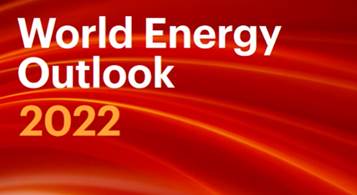Free Courses Sale ends Soon, Get It Now


Free Courses Sale ends Soon, Get It Now



Disclaimer: Copyright infringement not intended.
Context
About
The 2022 Report
India
World
Measures being taken
Assumptions on Government Policies
The three scenarios explored in this World Energy Outlook (WEO) are differentiated primarily by the assumptions made on government policies.
Full achievement of all climate pledges would move the world towards safer ground, but there is still a large gap between today’s ambitions and a 1.5 °C stabilisation.
Suggestions made in the Report
WEO provided many principles that can help guide policymakers through the period when declining fossil fuel and expanding clean energy systems co-exist, since both systems are required to function well during energy transitions in order to deliver the energy services needed by consumers.
|
IEA The International Energy Agency (IEA) is a Paris-based autonomous intergovernmental organisation, established in 1974, that provides policy recommendations, analysis and data on the entire global energy sector, with a recent focus on curbing carbon emissions and reaching global climate targets, including the Paris Agreement. The 31 member countries and 11 association countries of the IEA represent 75% of global energy demand. The IEA was set up under the framework of the Organisation for Economic Co-operation and Development (OECD) in the aftermath of the 1973 oil crisis to respond to physical disruptions in global oil supplies. India became an Associate member of IEA in March 2017. |
https://www.iea.org/reports/world-energy-outlook-2022
© 2024 iasgyan. All right reserved